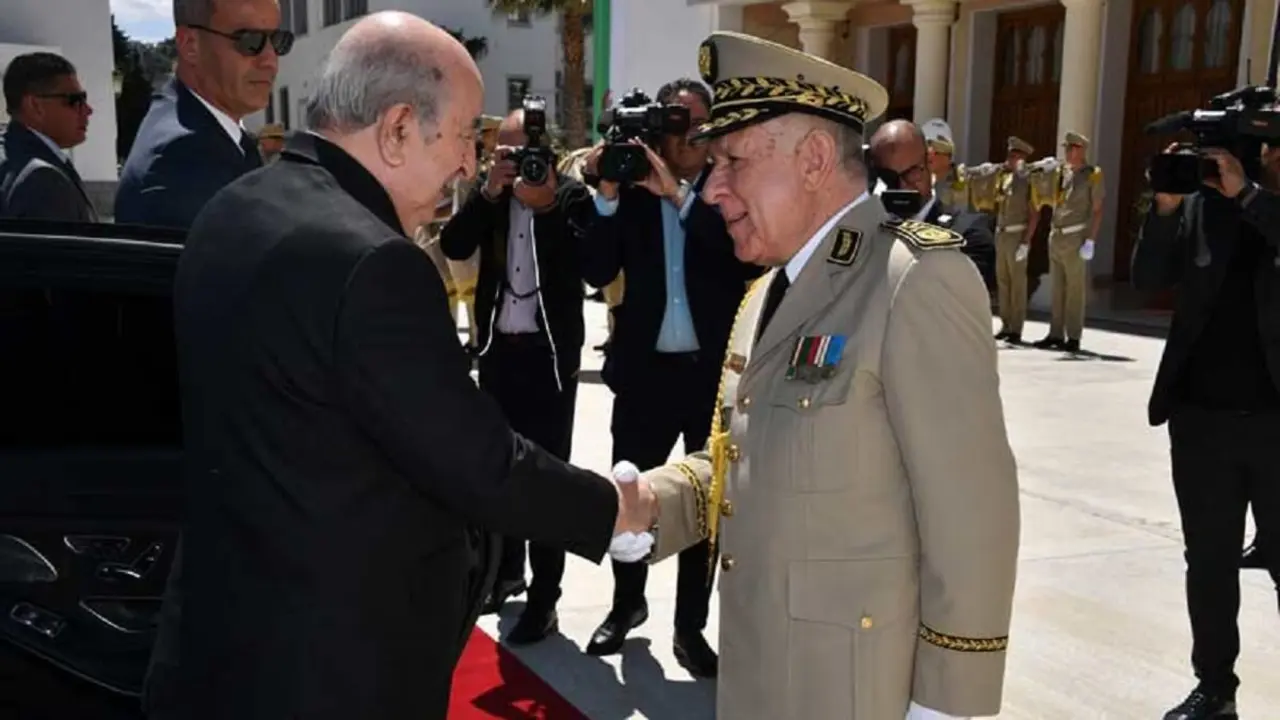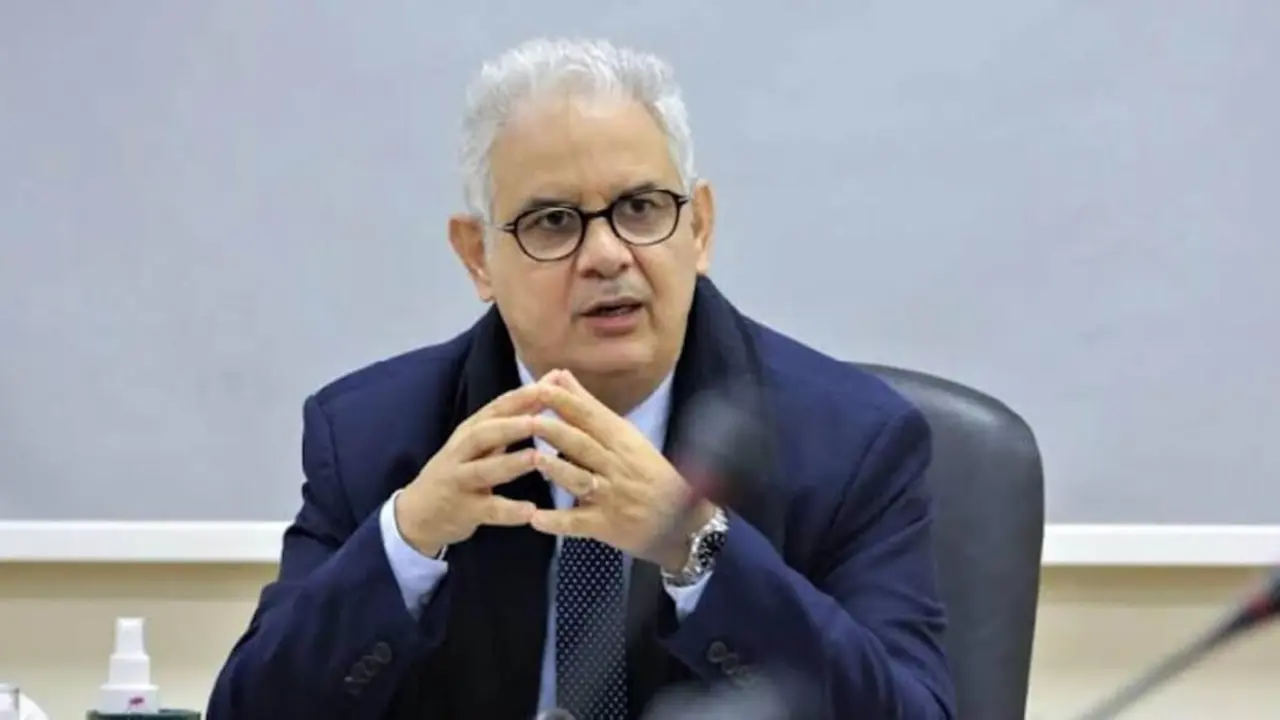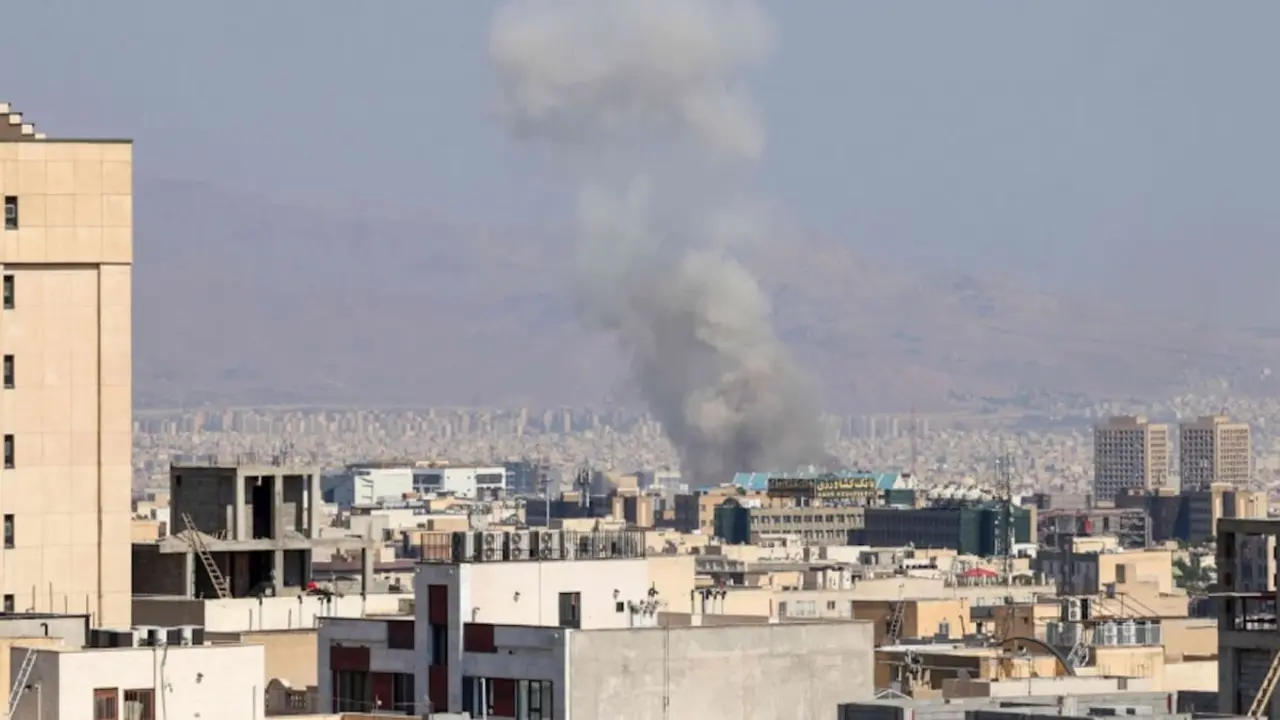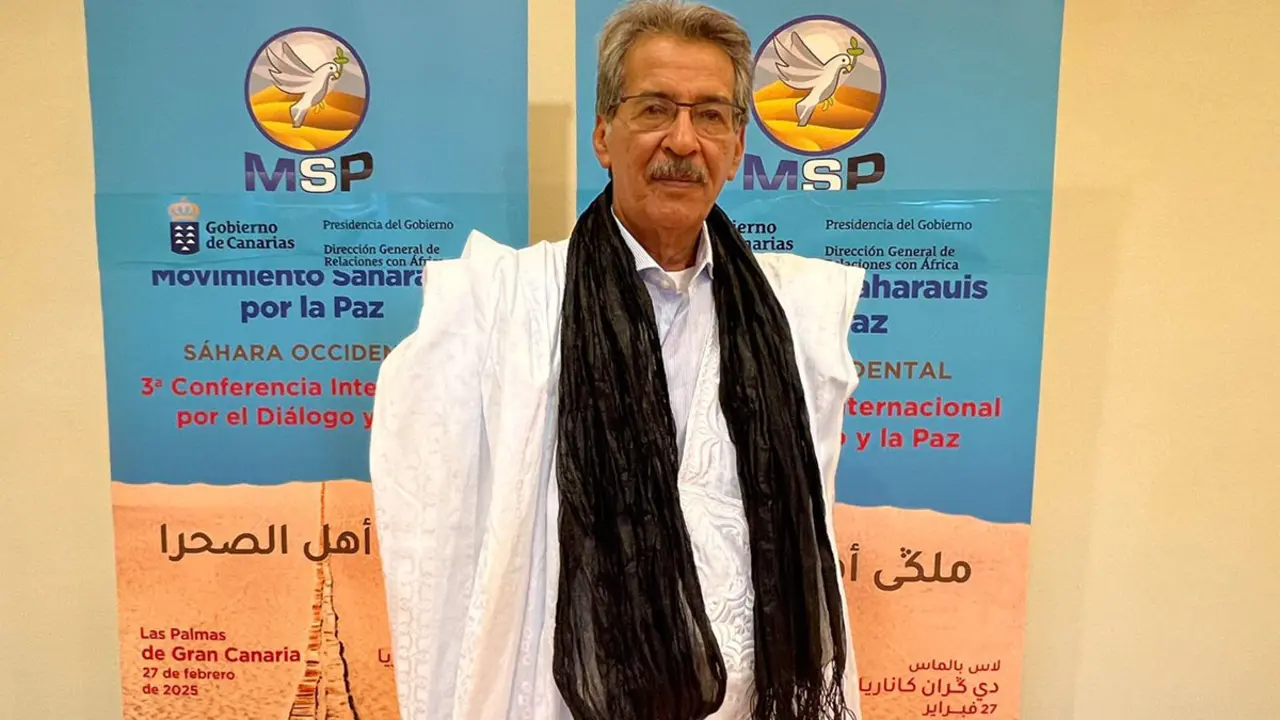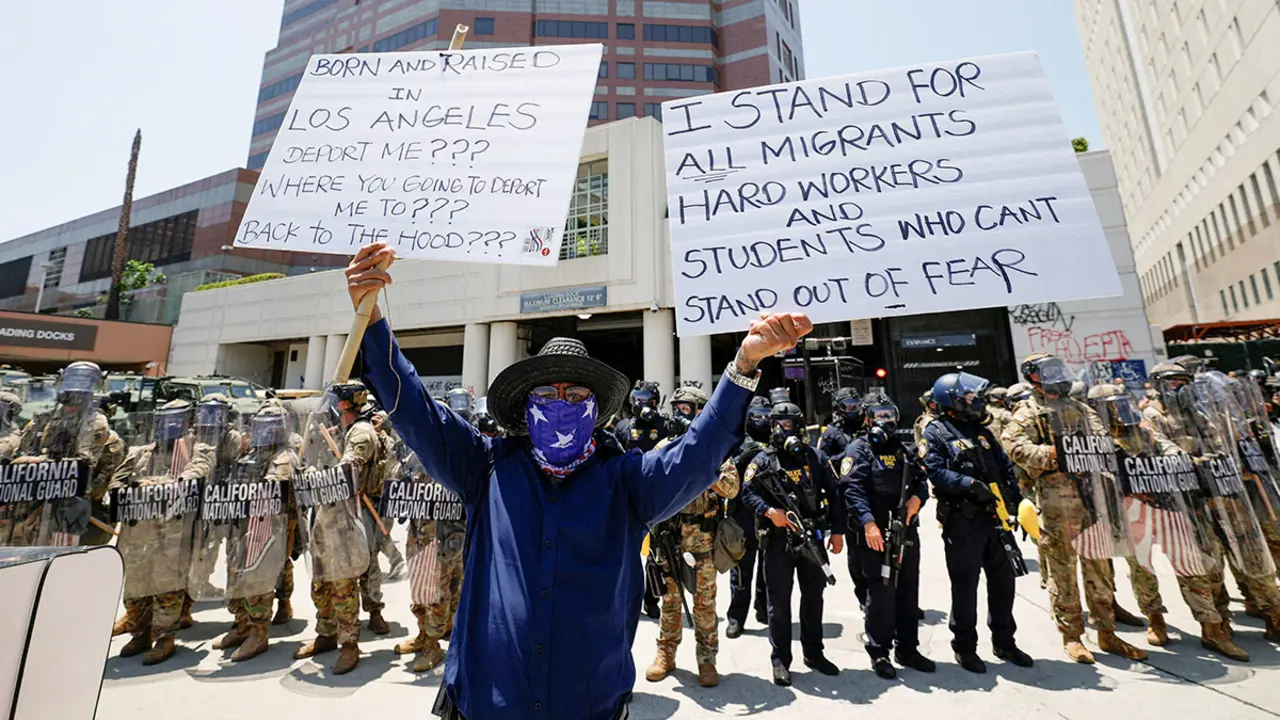Iran unveils new ballistic missile in the heat of tension with Washington

The Iranian Revolutionary Guard Corps (IRGC) presented on Sunday a new naval ballistic missile with a range of more than 700 kilometres. This is a further demonstration of its military and technological capability, contributing to further straining relations between the Islamic Republic and the United States.
The new IRGC ballistic missile, "Zolfaqar Basir", was displayed at the Permanent Exhibition of Achievements and Capabilities of the IRGC’s Aerospace Division in Tehran which opened on Sunday morning, according to the Iranian news agency Tasmin.
Known as the latest version of a new generation of Persian Gulf missiles, Zolfaqar Basir has a range of more than 700 kilometres and its warhead is equipped with an optical finder. This missile has more than twice the range of the last land-based missile introduced by Tehran in 2017, the Hormuz-2.
The range of the previous IRGC naval missiles, Persian Gulf and Ormuz, was about 300 and 250 km respectively.

The ground-to-ground version of the Zolfaqar missile, with a range of 750 km, was used in an operation against the Daesh terrorists in Syria in October 2018 and in a missile attack on the US air base at Ain al-Assad in Iraq in January 2020. According to the pro-government agency, Iranian officials have stressed that the Persian country will not hesitate to strengthen its military capabilities, including its missile power, which are intended exclusively for defence purposes, and that Iran's defence capabilities will never be subject to negotiations.
At the beginning of February, the Islamic Republic presented the Raad-500 short-range ballistic missiles in Teheran. Equipped with a new propulsion engine, the Zoheir, and made of lighter materials, the ground-to-ground ballistic missile was first introduced in 2002, and had a range of 200 kilometres less than the new generation of missiles. These projectiles can be propelled by the new generation of engines that allow satellites to be launched into orbit..
In February 2018, the leader of the Islamic Republic, Ayatollah Khamenei, called for efforts to maintain and boost the country's defence capabilities and, in so doing, respond to enemies for disputing the country's missile programme. “Without a moment of hesitation, the country must move to acquire whatever is necessary for defense, even if the whole world is opposed to it", said the Ayatollah.

The ASBM (anti-ship ballistic missile) was presented during the opening ceremony of the permanent exhibition on the progress of the Aerospace Division of the Islamic Revolutionary Guard Corps. In the same week, Iran opened a new sea base near the Straits of Ormuz-an oil strategic enclave for Tehran-and where it was the centre of tension in 2019 after the Revolutionary Guard shot down a US drone.
The presentation of this new missile coincides with the re-imposition of US sanctions on Iran, even though the United Nations Security Council had refused to extend the embargo imposed on Teheran. Last Thursday the US government announced new sanctions against two people and four Iranian entities.
The presentation of this new missile coincides with the re-imposition of US sanctions on Iran, even though the United Nations Security Council had refused to extend the embargo imposed on Teheran. Last Thursday the US government announced new sanctions against two people and four Iranian entities.
The United States withdrew from the agreement in 2018 and imposed sanctions on Iran, most notably those relating to the oil trade, which is the main source of national financing. On this measure, the Iranian president, Hassan Rohani, threatened to continue trading in his crude oil, blockade the Straits of Ormuz and considerably reduce his nuclear commitments.
Iran has continued to trade in oil, particularly with Venezuela (another country on which the US has imposed sanctions), and has continued with its nuclear plans, particularly in the field of uranium enrichment.




